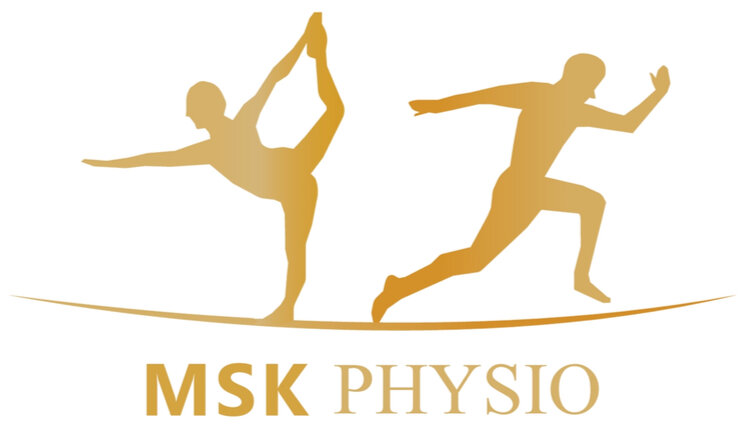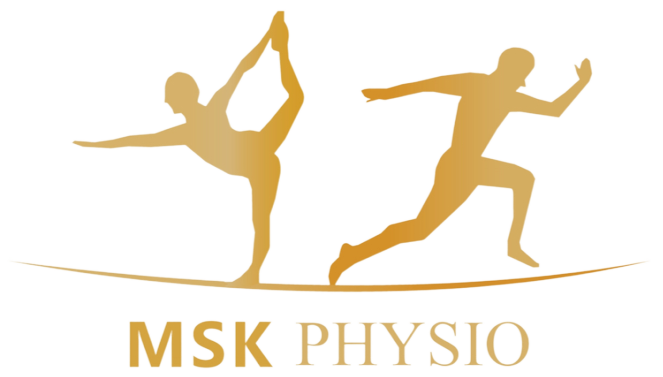Types of ACL Surgery
Tearing the Anterior Cruciate Ligament (ACL) is a very common injury for athletes and active individuals globally. If you have just had an ACL injury, ACL reconstruction surgery can often be the necessary step to return to optimal, mobility, strength and sports. The critical decision, however, is determining the best graft type for your ACL reconstruction surgery. We'll explore the different graft options, their unique advantages. However the key decision making will be made with your orthopaedic consultant following a review.
What Is an ACL Graft?
During ACL reconstruction, your surgeon replaces the damaged ligament with a new piece of tissue called a graft. This graft acts as a scaffold — over time, your body grows new tissue around it, restoring knee stability and strength. The graft can come from your own body, a donor, or even synthetic material.
The Main Types of ACL Surgery Grafts
-
Autografts are taken from your own body. Usually the most common choice.
Patellar Tendon - A part of the patellar tendon, often with a piece of bone from the kneecap and shinbone.
Hamstring Tendon - Tendons from part of the back of the thigh.
Quadriceps Tendon - Tendons from part of the front of the thigh.
-
Allografts come from a human donor (cadaver). The tissue is sterilised and processed before surgery.
-
Synthetic grafts, like LARS (Ligament Advanced Reinforcement System), are made from high-strength fibers.
Achilles Tendon
Patellar Tendon
Tibialis Anterior/Posterior
Hamstring Tendons
Choosing the Right Graft for You?
Your orthopaedic surgeon will help tailor the choice to your lifestyle and long-term goals.
For example:
Elite athletes often prefer patellar tendon autografts for strength and durability.
Recreational athletes or younger patients may choose hamstring autografts for less knee pain.
Older or less active patients may do well with allografts for quicker recovery and minimal discomfort.
The optimal ACL graft depends on several factors:
Age and activity level
Type of sport, hobby or occupation
History of previous surgeries
Personal recovery goals


